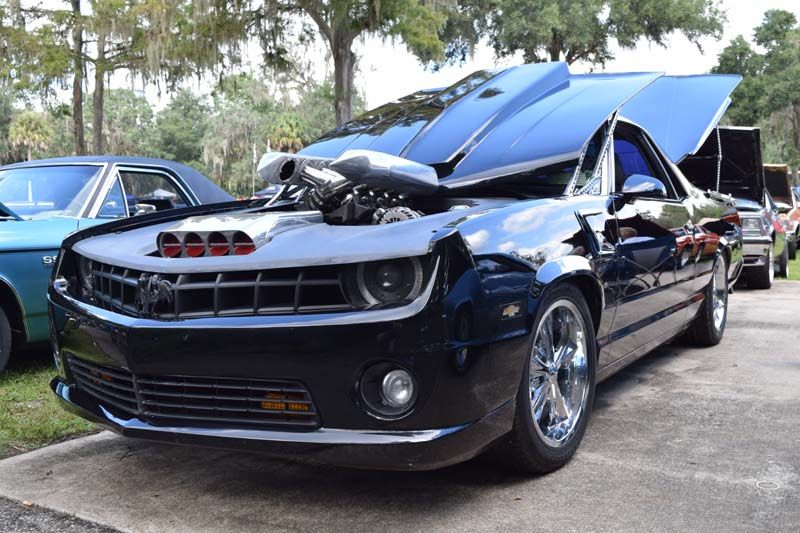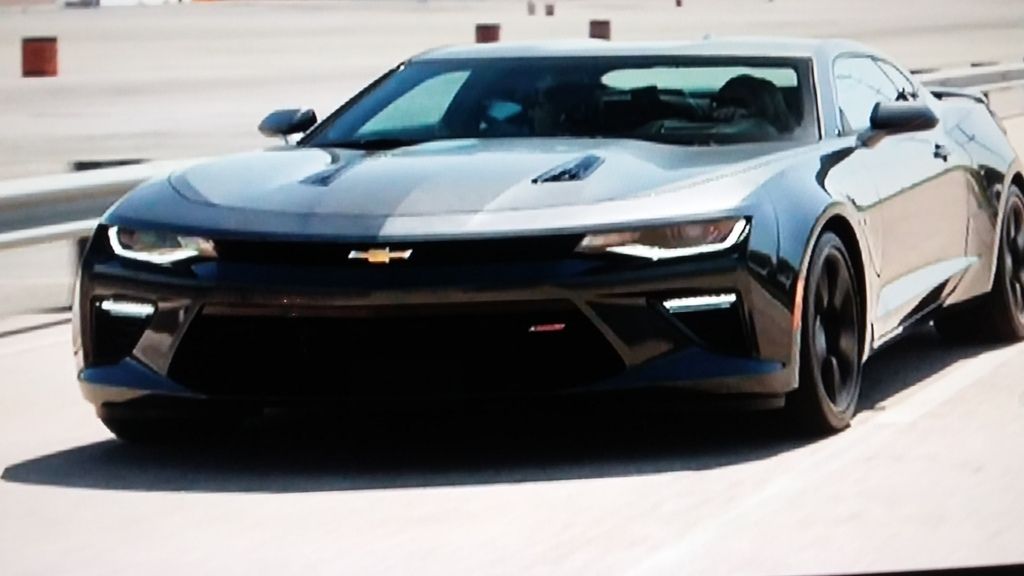jlcustomz
evil painter
I have a decent amount of fiberglass experience with traditional mat/ general polyester resin & some with epoxy resin & cloth for repair.
Next project is my el camino with the 2010 Camaro nose conversion posted in the new from Jacksonville thread. Looking at taking a 2015 aftermarket (duraflex) fiberglass Camaro bumper, fitting it, then modding it to look similar to the upcoming 2016 year model..I'm looking into using epoxy resins, rather than poly, & possibly an s-type glass cloth rather than the standard e-glass, since a bumper has to take some abuse. Considering a layer of epoxy/ s-glass to the entire backside of the new nose to improve it. Looking at fiberglast corp at their materials.
Anybody have any experience with higher end materials?
Existing modified factory plastic nose.


Will be reshaping aftermarket fiberglass nose to look similar to this.

Next project is my el camino with the 2010 Camaro nose conversion posted in the new from Jacksonville thread. Looking at taking a 2015 aftermarket (duraflex) fiberglass Camaro bumper, fitting it, then modding it to look similar to the upcoming 2016 year model..I'm looking into using epoxy resins, rather than poly, & possibly an s-type glass cloth rather than the standard e-glass, since a bumper has to take some abuse. Considering a layer of epoxy/ s-glass to the entire backside of the new nose to improve it. Looking at fiberglast corp at their materials.
Anybody have any experience with higher end materials?
Existing modified factory plastic nose.


Will be reshaping aftermarket fiberglass nose to look similar to this.

